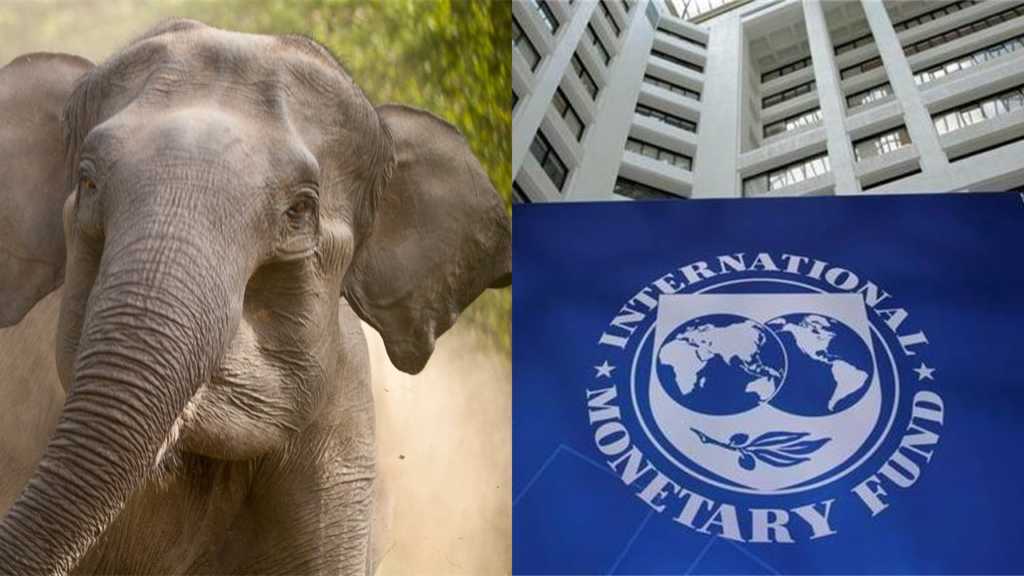International Monetary Fund has lauded the Indian economy in its annual assessment. The head of IMF’s team for India Ranil Salgado said that 2.6 trillion economy is an elephant which has started to run. The report kept the Indian GDP growth forecast at 7.3 for the current fiscal year and 7.5 percent for the upcoming.
However, as per the IMF report, the composition of the economy is expected to change in upcoming years because the investment and exports are picking up. The investment, consumption and net exports are main components of GDP. The gross investment as a percentage of GDP is projected to jump from 30.6% in FY18 to 32.2% this year and the growth in merchandise exports will be a strong 13.2% this fiscal year. The weak rupee is expected to fillip the growth in exports which has been weak in the tenure of Modi government due to unfavorable global conditions. So the share of consumption which has been driving the Indian economy is expected to come down in this year and upcoming year.
The IMF lauded GST as a ‘milestone reform’ in the country’s indirect taxation policy but also argued for a simpler GST with fewer slabs. “The GST has a complex structure with a relatively high number of rates (and exemptions), which could be simplified without sacrificing progressivity of the current GST and with potentially significant gains from lower compliance and administrative costs,” it said. The Insolvency and Bankruptcy Code (IBC) was also hailed as a milestone structural reform by the IMF. The IBC is expected to solve the Non Performing Assets (NPAs) problem which hampered the credit growth by banks and thus the private investment. “Overall, we’re seeing efforts to improve the balance sheet of banks as well as corporate sector. In our view, these are all important things that need to continue,” said Ranil Sangado.
The IMF reemphasized on the tag of India as the fastest growing major economy in the world and said that the country accounts for 15 percent of global growth. IMF said that the faster economic growth helped the country to lift millions of citizens out of poverty. “India has three decades before it hits the point where the working-age population starts to decline. So that’s a long time. For the next three decades, it is a source of growth for the global economy and could be even longer. But for three decades India can be almost what China was for the world economy for a while.” Salgado said.
Some important points the IMF raised for the faster economic growth were regarding the land and labor reforms. The country needs to grow at double digit to become a middle income economy and for this growth in manufacturing is necessary. China posted double digit growth for more than decades on the back of manufacturing and given the huge population base and the demographic dividend, India could replace China as global manufacturing hub. But to become a manufacturing powerhouse the country will have to change its archaic labor laws and land acquisition needs to be simplified. The other problem faced by Indian economy is the rising oil prices which could stop the government from reaching fiscal deficit targets and could widen the current account deficit. “Risks are tilted to the downside from external factors, such as higher global oil prices and tighter global financial conditions, as well as domestic financial vulnerabilities” said IMF report.
